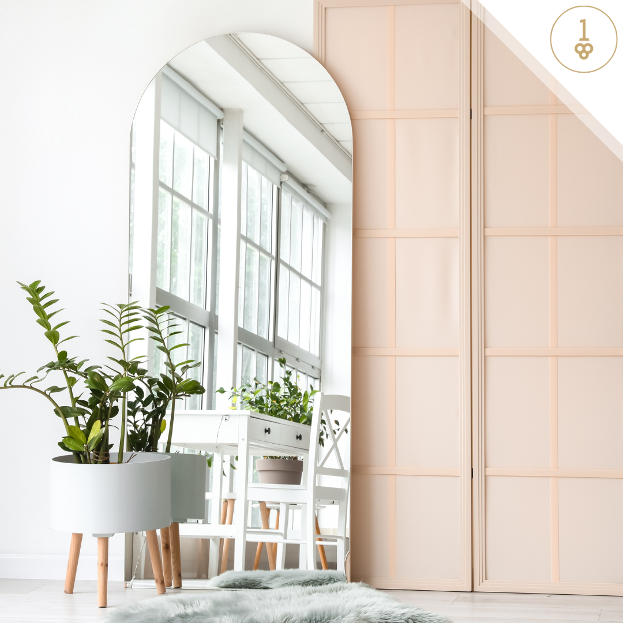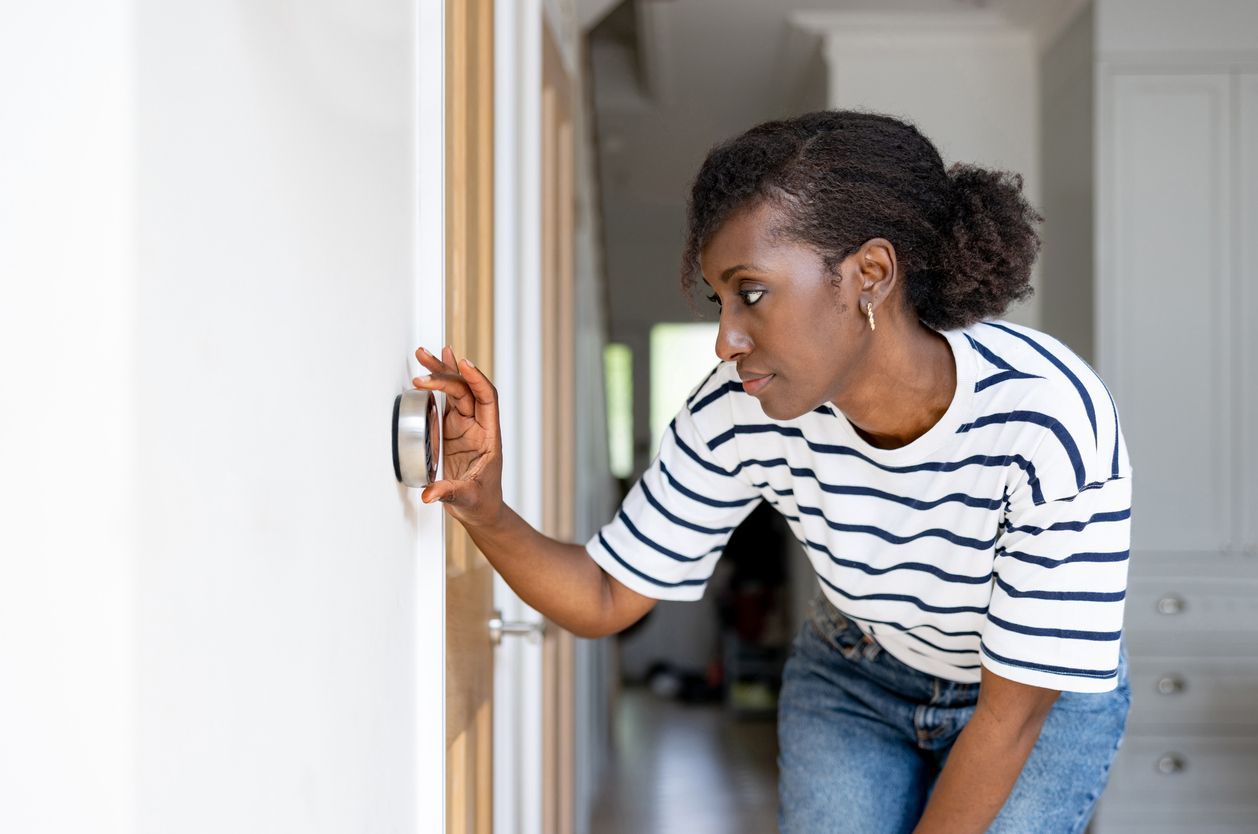Make a Room Feel Bigger with 5 Tricks

Working with the Space You Have until You Have the Space You Need
Is your home feeling small lately? Over our lifetimes, our housing needs grow and change with our lifestyle, our family, our careers, and our storage needs.
If you find that your housing needs have changed, you may be in the market for a larger home that can better accommodate you and your family. Finding that home won’t happen overnight, however. It can take months or even years to find the right home, complete the transaction and officially move in.
And even when you do settle into the perfect new home, you may still find yourself compromising, accepting smaller rooms or fewer spaces than you initially planned.
Between now and when you find that new home that suits your expanding needs, or if you find yourself in a space smaller than you intended, we suggest using simple design tricks to help your smaller space feel roomier.
Perception is powerful and there are ways to trick your perception into seeing more than what’s there. This is how to work with the space you have until you have the space you need.
1. Painting – A Trick of Perception
There are a few painting tricks you can use to make a room feel bigger. How your eye perceives a room depends largely on the colors and paint type being used. Use lighter colors with a shinier finish for a larger feel. Darker colors absorb light and can make a room feel smaller than it is. Shinier, lighter colors allow light to bounce around.
Don’t go for a monochromatic look. Entirely white or entirely gray rooms tend to be perceived as smaller when compared to rooms that use a variety of color dynamically. Work with 2 main colors and an accent color.
Add perceived height to the room by painting the wall color on the outer edge of the ceiling. A 3-inch border around the edge of the ceiling will seemingly expand the length of the walls and make the ceiling feel higher. Painting vertical stripes on the wall can also make a room feel taller.
If a room or even a hallway feels too narrow, paint a horizontal stripe to add breadth and depth.

2. Mirrors – A Trick of the Light
Mirrors are another great way to trick the mind into perceiving space differently. Not only do mirrors help light bounce around the room, but they also trick your mind, so you sense the room is bigger than it is. Place those mirrors across from natural light sources or angle them in the direction that you want the room to feel larger.
Amplify the effect of mirrors by changing out heavy drapery for lightweight, sheer fabric, letting in more natural light. (Removing all heavy fabrics like throw blankets and dark-colored rugs can also make a room feel lighter, and therefore bigger.)
3. More About Lighting
The more natural light in a space, the larger we perceive it to be, which means that changing out light-blocking shades for lightweight curtains is a great start.
Manipulate the types of light in a room. Use multiple light sources to make the room feel more multifunctional (i.e., reading light, floor lamp, table lamp, picture frame lighting, shelf lighting, recessed lighting, etc.). Choose uplighting over downlighting to make the room feel taller.
A brighter room will feel larger than a dimmer room – so where possible, switch out soft white bulbs for bright white.

4. Furniture and Storage
Choose modern, streamlined furniture over bulkier, more traditional pieces. This goes for couches and chairs, as well as tables and storage units. Remove furniture from the room – especially large wooden storage pieces – and install shelving to accommodate your storage needs instead.
Consider modular, multi-functional furniture solutions as well to save space.
Shifting the direction of seating areas can make a big change. Are your chairs and couches arranged in a way that takes best advantage of the space you have?

5. Get Rid of Stuff
This may go without saying, but “stuff” really gets in the way. Evaluate what does and doesn’t need to be in this space. What’s the primary use for the room? Which objects lend to that purpose? What stuff could be better stored elsewhere or gotten rid of altogether?
Don’t underestimate the value of uncluttered surfaces to change your perception of the size of a room, either. Even things that are necessary to a room can make a room feel smaller if disorganized or strewn about (e.g. remotes and game controllers). Consolidate necessary items into baskets or other small storage. By cutting down on the number of objects in view, your brain begins to perceive the space as bigger, even if all you’ve done is move everything out of view.
A Larger Space Awaits You
If you’re home shopping for a larger home, we wish you speedy success on the journey. In the meantime, there are ways to adjust your living areas to better suit your needs. Even renters can benefit from implementing some of the suggestions here, using design to adjust perception.
Related Article: Form and Function: Bathroom Storage Inspiration










